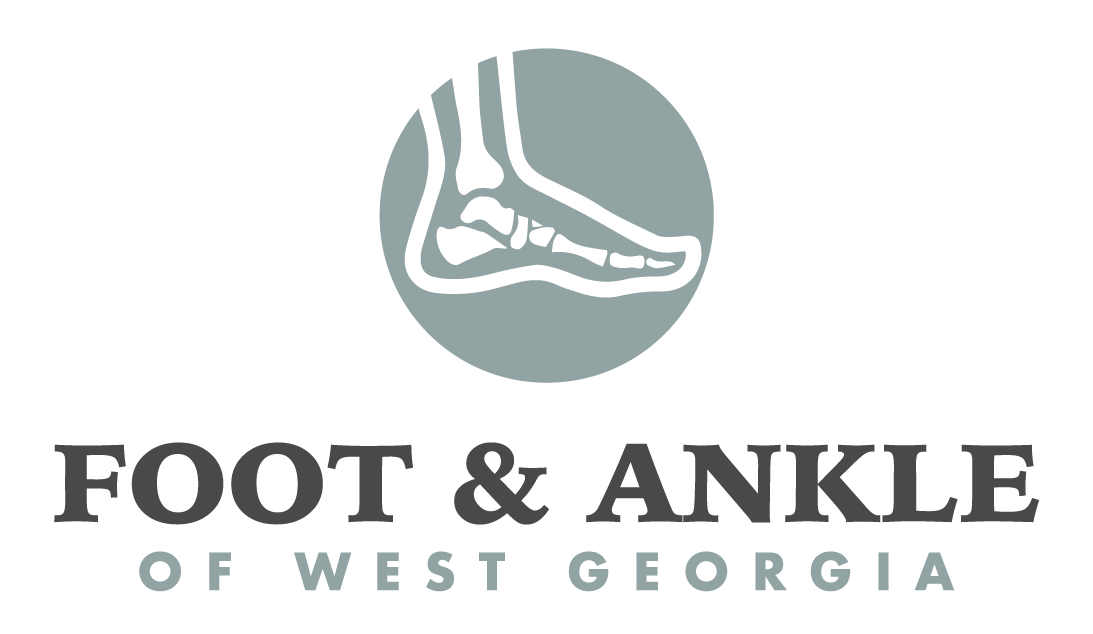Kid's Feet Can Keep Them on the Sidelines, Too
Spring is here, and parks and playgrounds all across the U.S. are filling up with after-school youth sports teams. From baseball to soccer and track, some kids are out on the field every day of the week playing one sport or another, and sometimes they even play two different sports in one day!
While physical activity is great for kids, overdoing it can cause lasting problems for their feet and ankles. Bones, ligaments and tendons in kids' feet and ankles aren't fully developed yet, and damage can occur when they are stressed from hours of playing sports. Parents and coaches need to be on the lookout for signs and symptoms of overuse injuries in youth athletes, and to have problems evaluated by a foot and ankle surgeon for an accurate diagnosis and appropriate treatment.
Common overuse injuries that can occur in children's feet and ankles include:
- Inflammation of the heel's growth plate, due to muscle strain and repetitive stress. In children, the heel bone is not yet fully developed until age 14 or older. Until then, new bone is forming at the growth plate, a weak area located at the back of the heel.
- Achilles tendonitis, occurs mainly in adolescents when the Achilles tendon becomes stressed and inflamed from repeated running and pounding.
- Stress fractures, which are hairline breaks resulting from repeated stress on the bone, often occur in adolescents engaged in athletics, especially when the intensity of training suddenly changes.
- Tendo-Achilles bursitis, is an inflammation of the fluid-filled sac located between the Achilles tendon and the heel bone. It can result from injuries to the heel, repetitive stress, or wearing poorly-cushioned shoes.
Remember, pain is NEVER normal in a child's foot or ankle! Some kids will insist on continuing to play even when they're in pain. Parents and coaches should never allow this to happen! Continuing to play with an injury can result in problems that may plague the child into adulthood. Any pain that lasts more than a few days, or that is severe enough to limit the child's ability to walk, should be evaluated in our office as soon as possible.
This information was developed by the American College of Foot and Ankle Surgeons. www.FootPhysicians.com
